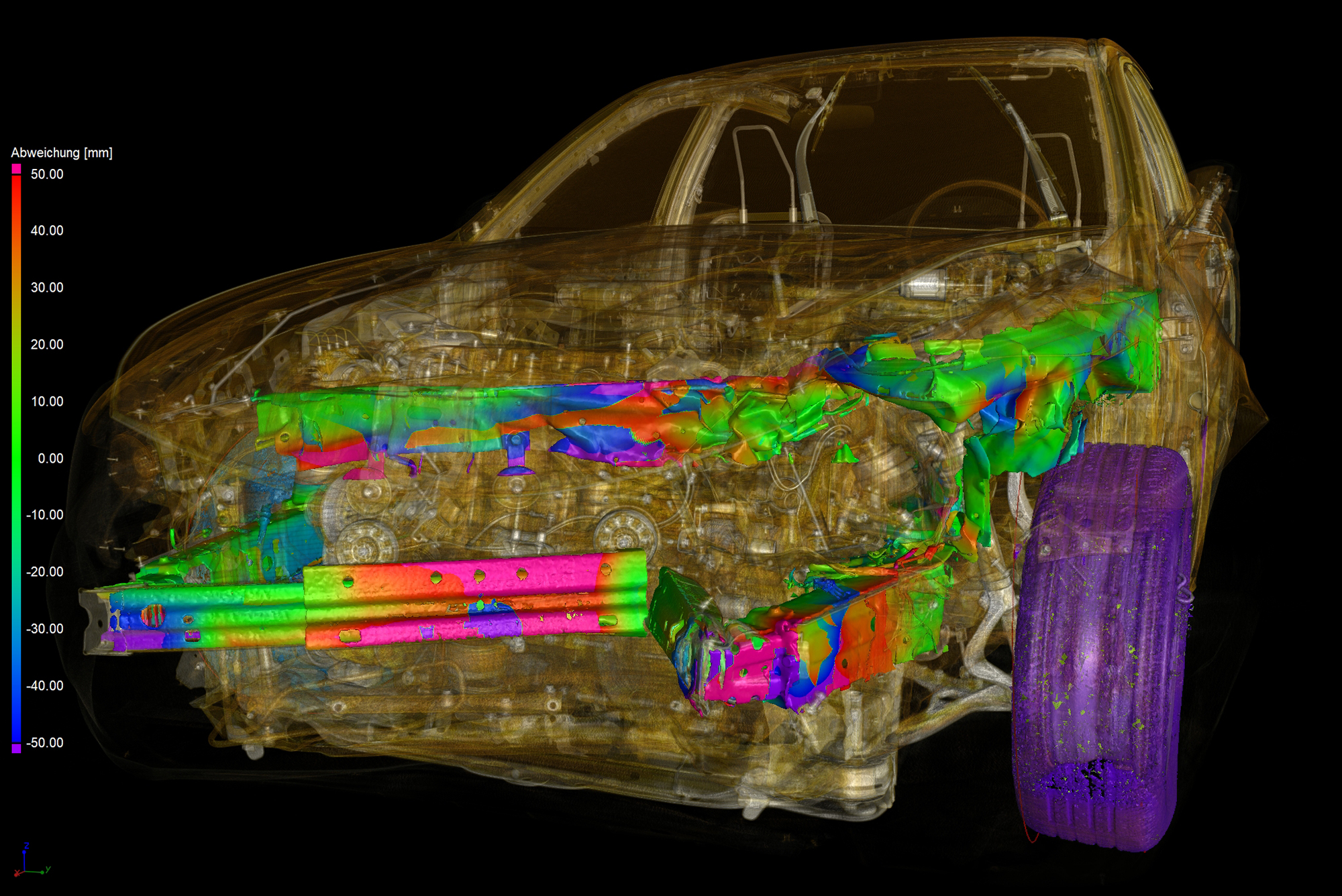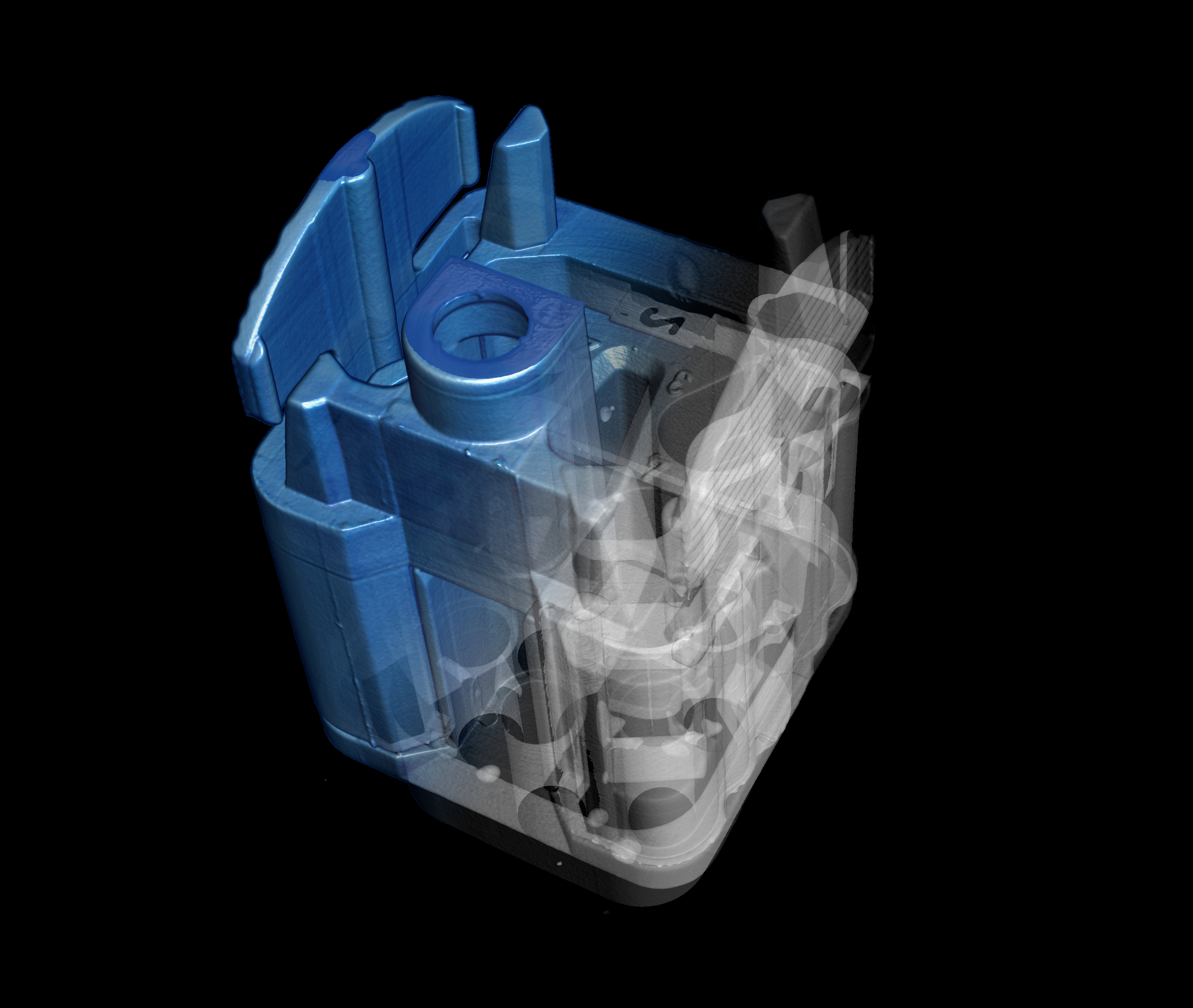Industrial CT systems are more versatile and varied than medical CT systems. The CT systems are therefore divided according to various criteria, e.g. X-ray source used, purpose or acquisition geometry, which is described using the so-called trajectory. The trajectory refers to the movement of the X-ray source relative to the object.
The industrial standard concept is known as circular CT whereby the object rotates through 360 degrees in a fanned or conical radiation field of an X-ray source. Another widely used method is called helical CT because the source detector system executes a helical movement ("helix") around the object. In industrial CT, only the object executes the identical planar rotary movement as in circular CT, but the source and detector are translated vertically in synchronous at the same time, resulting in a helix. In medical CT, by contrast, a human patient is moved along a horizontal axis around which an X-ray tube and detector pair is rotated, which also results in a helical path of the X-ray source around the person being examined.
Sometimes, the extent of the object or an unfavorable aspect ratio of the object under examination limits accessibility. Special methods have been developed for when a circle or helix cannot be executed. In region-of-interest CT (ROI-CT), only a section of the object is tomographed. If the object is only accessible from a limited angle range or is flat and wide in shape, limited-angle CT or laminography is more suitable. Since the object is not completely in the beam path in this method, there are limitations in terms of the image quality.
With robot CT, by contrast, trajectories can be moved with relative freedom. The imaging components X-ray source and detector are guided by cooperating robots.
The intended application makes different demands on the CT system: Inline CT requires fast in-production testing in the production cycles with typically fully automated data evaluation. Dimensional measuring tasks make higher demands, e.g. on the handling system. The positioning accuracy of the traversable axes is paramount. The more traversable axes a CT system has, the more flexibly it can be used for various tasks.
A subdivision based on the focal spot size into macro (> 1mm), mini (0.1 - 1mm), micro (1 mu - 100 mu) and nanofocus tubes (< 1 mu). Special cases are linear accelerators with focal spot sizes of 0.5 - 3 mm.
Neutron tomography works on the same principle, but uses neutrons instead of X-radiation. It images organic material with strong contrast and easily penetrates metals and as such is considered a complement to X-ray CT.


